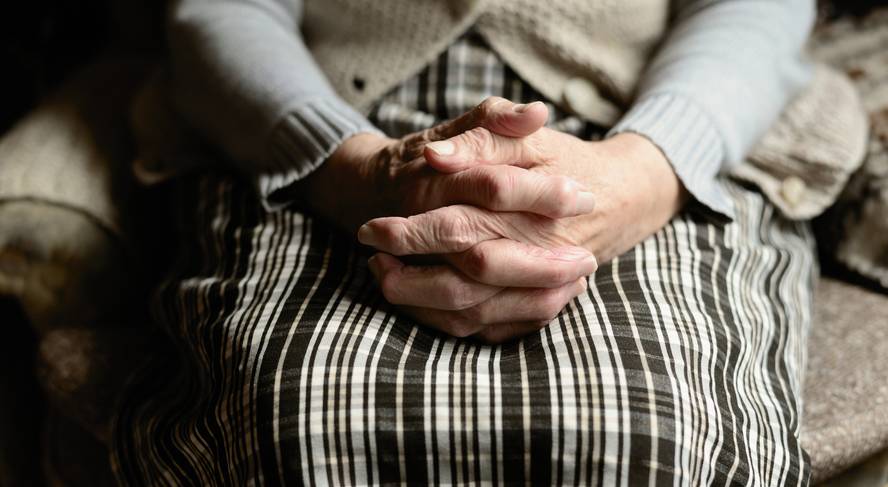Century-old people have proven to have a differential molecular footprint.

A team of international researchers has conducted a groundbreaking research in which a group of centenarians have compared the expression of over 20,000 genes in centennial, older and younger brain samples, and have found that the brains of centenarians have a different molecular pattern from the rest of older people.
Centenarians are a population group with a very long life, better cognitive activity and a better quality of life. These characteristics make centenarians consider themselves a model of successful or healthy aging. The latest studies carried out with the population of Gipuzkoa confirm these data (in Gipuzkoa there are about 300 and in the Basque Country there are about 1000 centenary people), and it is observed that it is mainly women who are in this population group, who develop fewer diseases (including neurodegenerative diseases), who use fewer health services and who consume fewer medicines.
The analysis has focused on hippocampal samples, that is, the space dedicated to memory, learning and other functions has been specifically analyzed. Thus, it has been observed that centenarians have high levels of familial genes of metallothionein (genes that remove heavy metals, which accumulate with age and harm neural cells). In addition, research has shown that the expression metallothionein is in astrocytes, which are the cells responsible for maintaining homeostasis in tissues and protecting neural cells.
In summary, the work describes an innovative biological mechanism related to the extraordinary maintenance of the cognitive activity of the century-old population, and is considered a new mechanism against aging. The study was published in the journal Aging Cell.





